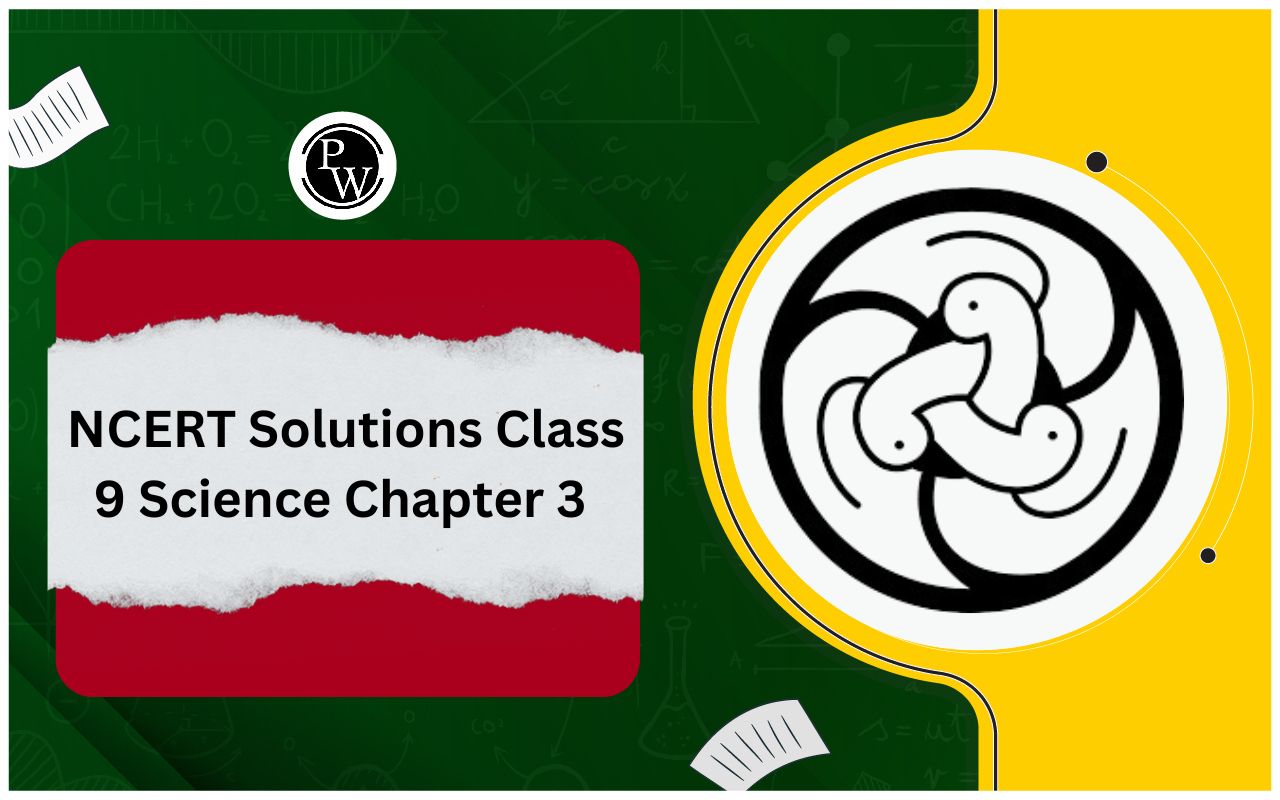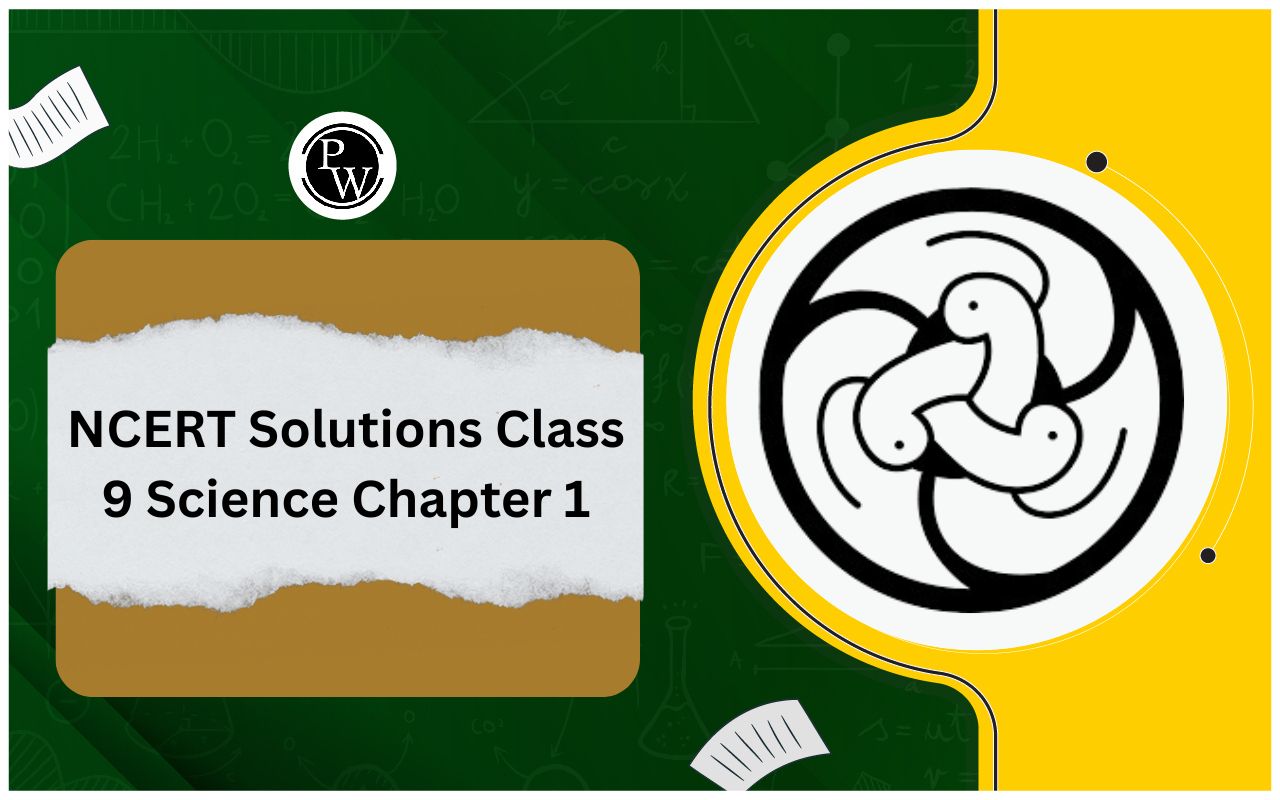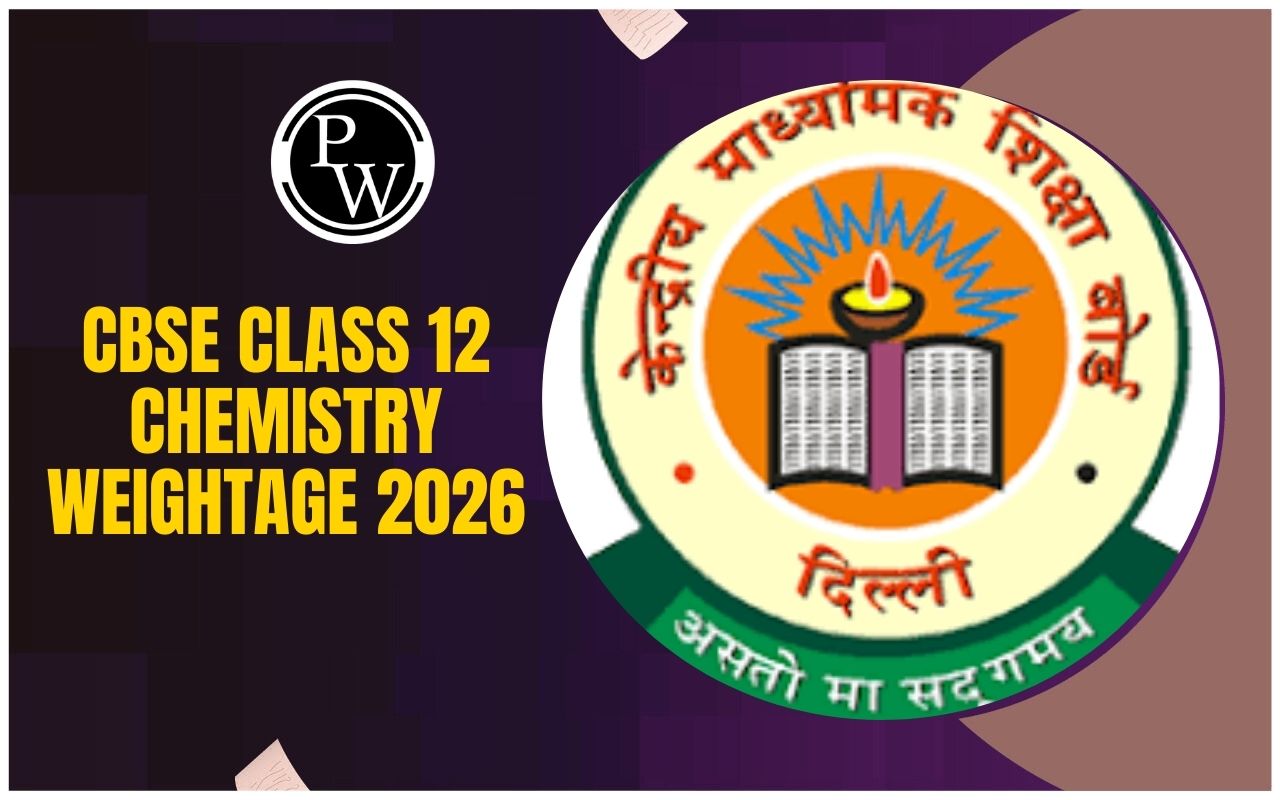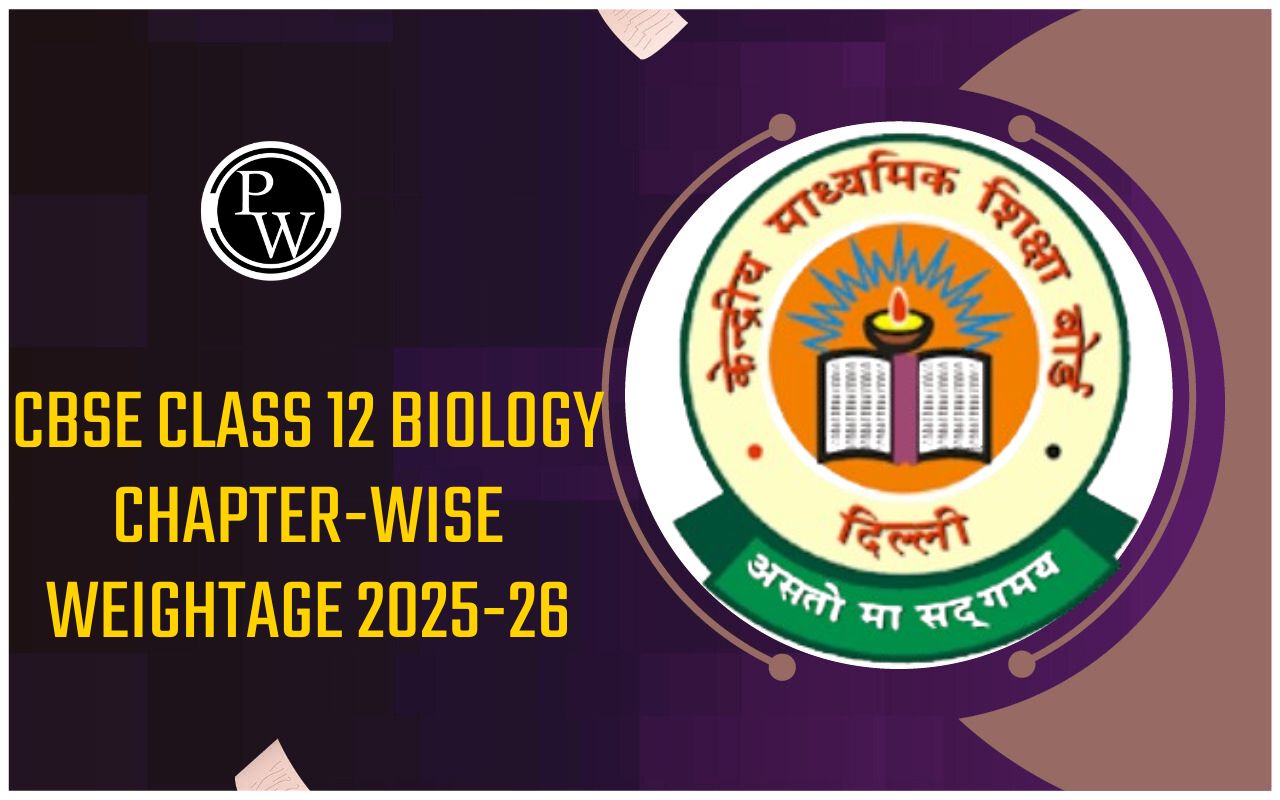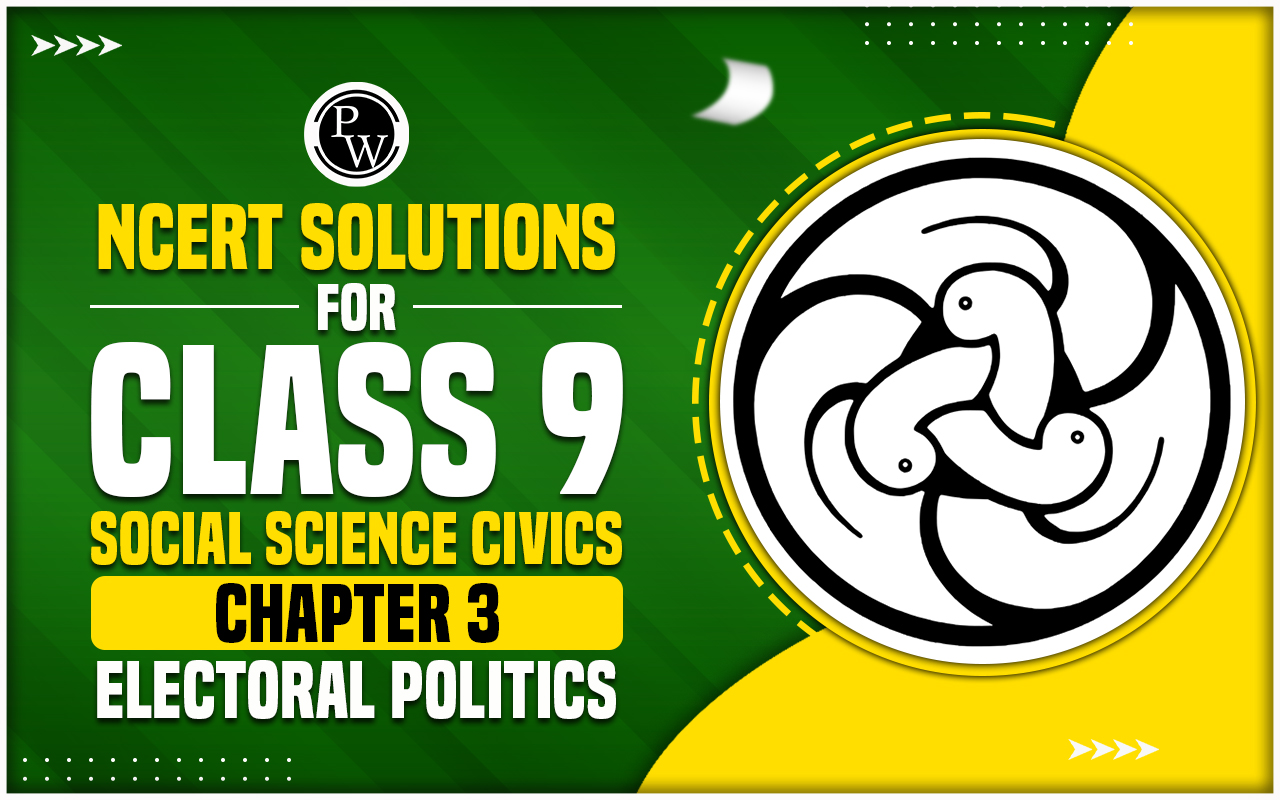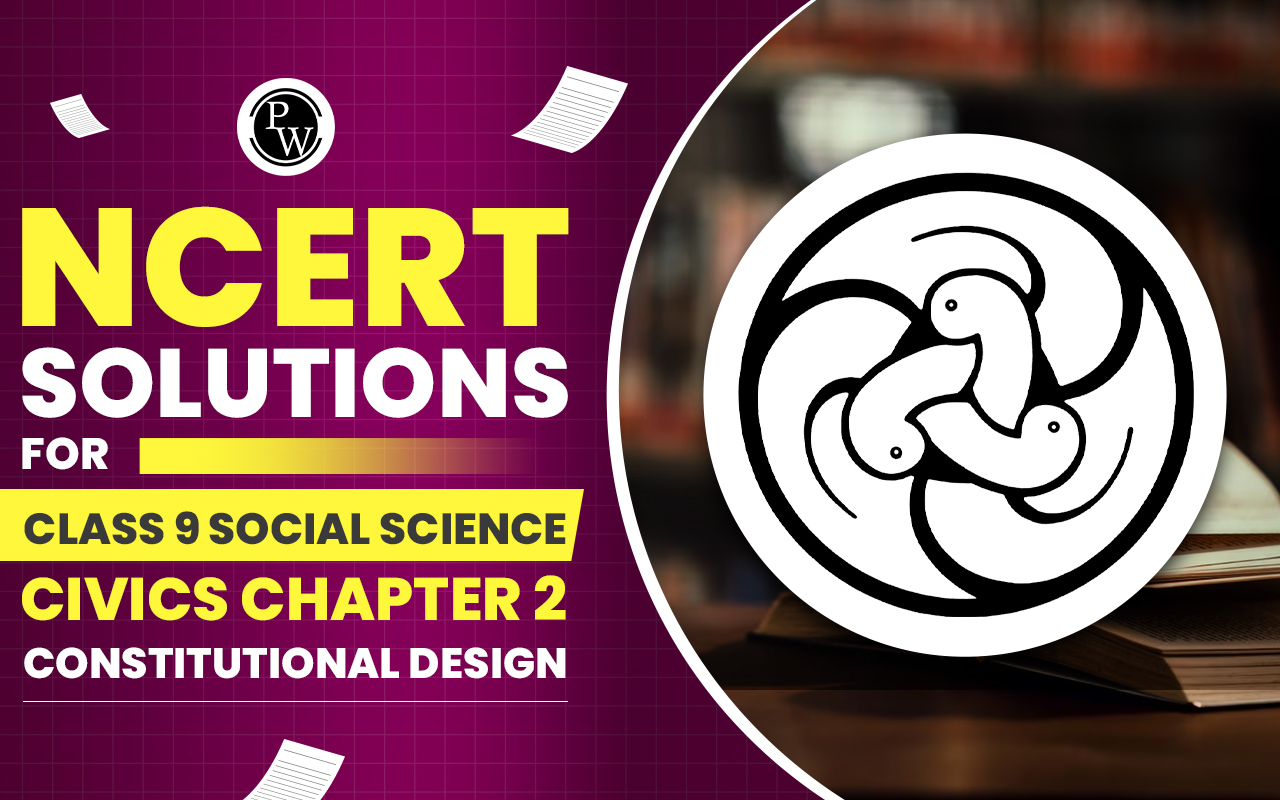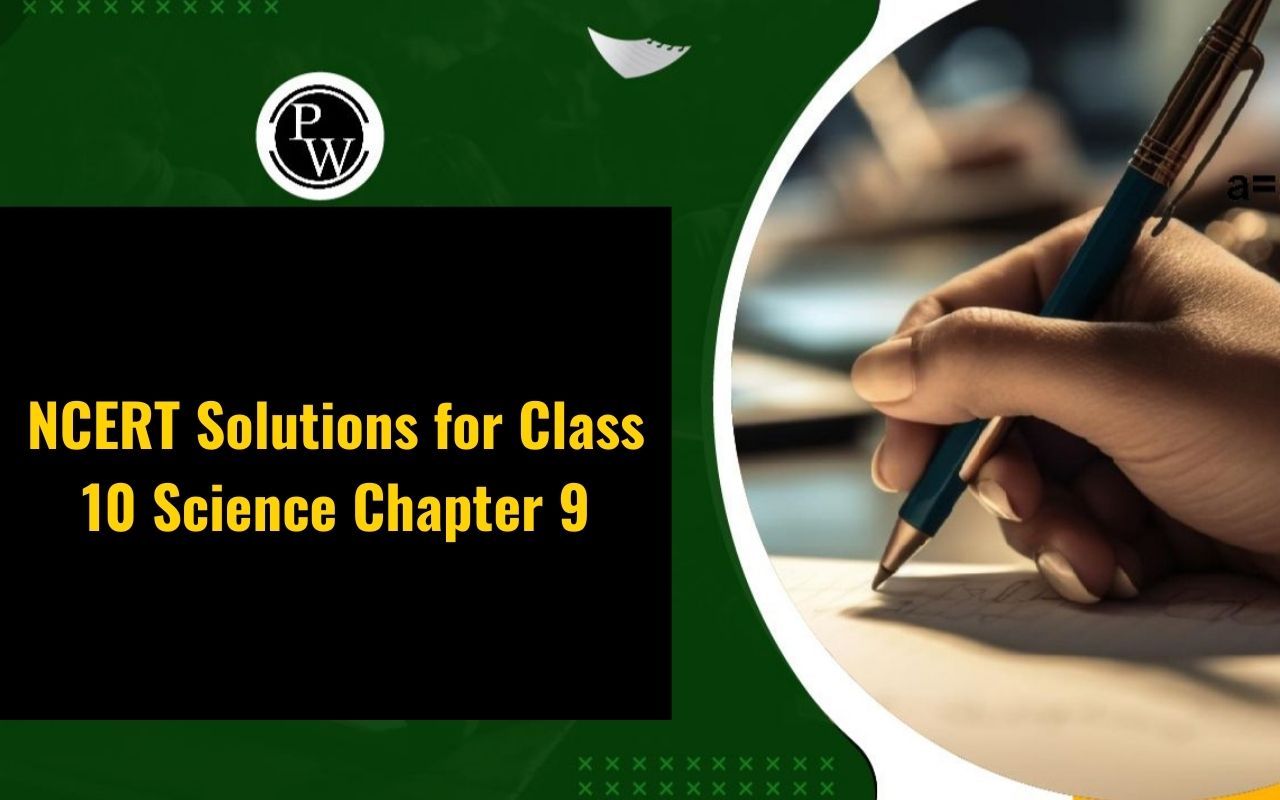
PSEB 12th Syllabus 2024-25: The Punjab School Education Board (PSEB) has released the revised syllabus for Class 12 students for the academic year 2024-25. This updated syllabus includes all the important details such as course structure, content, marking scheme, and exam pattern, helping students prepare thoroughly for their board exams in 2025. Along with the syllabus, PSEB provides other study materials, but the syllabus remains the most crucial resource for exam preparation.
Students can access the subject-wise syllabus, download PDF files and review all the details by clicking the provided links for each subject. These downloadable PDF links make it easy for students to study offline and stay well-prepared for their exams.PSEB Class 12th Syllabus 2024-25: Overview
Below mentioned is the detailed PSEB Class 12th Syllabus. Candidates can check the details below:
| Board Name | Punjab School Education Board (PSEB) |
| Exam Name | PSEB Class 12th |
| Exam Conducting Authority | Punjab School Education Board |
| Frequency of Conduct | Once a year |
| Exam Level | Intermediate |
| Languages | Arabic, German, 9 more |
| Mode of Application | Offline |
| Mode of Exam | Offline |
| Exam Duration | 3 Hours |
PSEB Class 12th Syllabus 2024-25: Download PDF
The candidates can click on the PDF links given below to download the Punjab Class 12th Syllabus:
| Subjects | Syllabus |
|---|---|
| General English | Download PDF |
| Accountancy | Download PDF |
| Agriculture | Download PDF |
| Biology | Download PDF |
| Business Studies | Download PDF |
| Chemistry | Download PDF |
| Computer Science | Download PDF |
| Economics | Download PDF |
| Geography | Download PDF |
| Home Science | Download PDF |
| Mathematics | Download PDF |
| Physics | Download PDF |
| Political Science | Download PDF |
| Psychology | Download PDF |
| Sociology | Download PDF |
PSEB Class 12th Syllabus 2024-25: Subject Wise
The Punjab Board provides the PSEB 12th Question Paper 2024 on its official website, aiding students in enhancing their preparation for the board exams. Candidates can access the comprehensive Punjab Class 12 Syllabus 2024 for all subjects below.
PSEB Class 12th Syllabus 2024-25: General English Section
Here's the detailed PSEB Class 12th syllabus 2024 for English Class 12th:PSEB Class 12th Syllabus 2024-25: Biology
Here's the detailed PSEB Class 12th syllabus 2024 for Biology Class 12th:| Unit Name | Chapter | Marks |
|---|---|---|
| Reproduction | Sexual reproduction in flowering plants | 16 |
| Human Reproduction | ||
| Reproductive health | ||
| Genetics and Evolution | Heredity and variation | 18 |
| Molecular Basis of Inheritance | ||
| Evolution | ||
| Biology and Human Welfare | Human Health and Disease | 12 |
| Microbes in human welfare | ||
| Biotechnology and its applications | ||
| Biotechnology | Biotechnology: Principles and processes | 10 |
| Biotechnology and its applications | ||
| Ecology and environment | Organisms and populations | 14 |
| Ecosystem | ||
| Biodiversity and Conservation |
PSEB Class 12th Syllabus 2024-25: Business Studies II
Here's the detailed PSEB Class 12th syllabus 2024 for Business Studies Class 12th:| Part | Topics |
|---|---|
| Part – A | Principles and Functions of Management |
| - Nature and Significance of Management | |
| - Principles of Management | |
| - Business Environment | |
| - Planning | |
| - Organising | |
| - Staffing | |
| - Directing | |
| - Controlling | |
| - Coordination | |
| Part – B | Business Finance & Marketing |
| - Business Finance | |
| - Financial Markets | |
| - Marketing | |
| - Consumer Protection |
PSEB Class 12th Syllabus 2024-25: Chemistry
Here's the detailed PSEB Class 12th syllabus 2024 for Chemistry Class 12th:| Unit Name | Topics |
|---|---|
| d and f Block Elements | Solutions |
| Electrochemistry | Chemical Kinetics |
| Coordination Compounds | Haloalkanes and Haloarenes |
| Alcohols, Phenols, and Ethers | Aldehydes, Ketones and Carboxylic Acids |
| Organic compounds containing Nitrogen | Biomolecules |
PSEB Class 12th Syllabus 2024-25: Geography
Here's the detailed PSEB Class 12th syllabus 2024 for Geography Class 12th:| UNIT | Topics |
|---|---|
| UNIT –I | - Nature and Scope of Geography and its Branches: - Geographical thought; Brief definitions of Determinism, and Possiblism, radical and postmodern Geography. The contribution of A.V Humboldt, Carl Ritter, Paul Vidal De La Blache, and E.C Sample, and Branches of Geography. |
| UNIT-II | - Human Resources: - Population: Distribution, Density and Growth, Age-sex ratio, Urbanisation, Literacy. - Determinants of population change, Geography of Indian Diaspora, Migration causes and consequences, Demographic transition theory. - Human development concept; selected indicators, International comparison, Punjab’s rank in national HDI - Human settlements: Rural and Urban, Urbanisation in India and its impact. Distribution of Metropolitan cities, Mega cities. Growth centres and Growth poles, Swachh Bharat Abhiyan. |
| UNIT –III | - Economic Geography - Primary activities: Concepts and changing trends; Gathering; Pastoral, Mining, Subsistence agriculture, Modern trends in agriculture with special reference to Punjab, and Organic farming. - Geographic distribution of major crops in India (Wheat, Rice, Tea, Coffee, Cotton Jute, Sugarcane) - Secondary activities: Concepts, Manufacturing types (Household, Small scale, large scale, agro based and mineral based industries) with special reference to Punjab. Distribution of metallic (Iron ore, Copper, Bauxite, Manganese,) Non-Metallic, Conventional (Coal, Petroleum, Natural gas) Nonconventional (Solar, Wind, Tidal) and Conservation of resources. - Industries: Types, Distribution of selected industries; Iron and steel, Cotton textile, Sugar, Pharmaceutical, Petrochemical and knowledge-based industries. Industrial corridors, dedicated freight corridors. - Tertiary activities; Quaternary, and Quinary activities. - People engaged in tertiary industries. A case study from Punjab. |
| UNIT-IV | - Transport, Communication and Trade. - Land transport: Roads, (North South, East -West corridors, Golden quadrilateral and Diamond Quadrilateral) New Numbering scheme of National Highways. - Railways: Trans -Continental railways. Luxury trains in India. - Water transport. Inland, Major Ocean routes of the world. - Air transport, oil and gas pipe lines (TAPI, HBJ, Indo Iranian Naharkatia-NunmatiBarauni Pipeline, Kandla-Bhatinda Pipeline, Gas pipelines- Jamnagar Srinagar L.P.G Pipeline, Dhabol-Kakinada pipeline. - International and National trade, Sea ports and their Hinterlands and Major airports) - International trade bases and changing patterns. International organisations with reference to India. Role of WTO in International trade. |
| UNIT – V | - Geographical Perspectives on selected issues and problems. - Environmental pollution; Land, Water, Air - Geography of Superlatives in India and Punjab. |
PSEB Class 12th Syllabus 2024-25: Home Science
Here's the detailed PSEB syllabus 2024 for Home Science for Class 12th:| SECTION – A (Food and Nutrition) | Topics |
|---|---|
| 1. Food, Nutrition and Health | - Definitions: Food, Nutrition, Health, Nutrients, Nutrient density, Malnutrition, Recommended Dietary Allowances, Nutritional Status, Functional Food, Nutraceuticals, Antioxidants, Geriatrics, Probiotics. Functions of food - Classification of Food groups based on the recommendation of ICMR - Balanced Diet - Food Guide pyramid |
| 2. Nutrients and Nourishment | - Carbohydrates, Proteins, Fats, Minerals (calcium, Phosphorus, iron, zinc, iodine, fluorine), Vitamins (A,D,E,K,B and C) and Water - Functions and sources - Health effects of too little and too much of nutrients - Enhancing nutritional value of foods |
| 3. Meal Planning | - Meaning, importance and principles of meal Planning - Planning meals for the family- Children (Infants, pre-schoolers and school-going children), adolescents (boys and girls), adults (men and women), pregnant women, lactating mothers and elderly. |
| 4. Food Selection, Storage, Preparation and Preservation at Home | - Food selection and storage - Preparation of food: Different methods of cooking - Food preservation at home – importance and methods |
| 5. Food Safety | - Food hygiene - Food Adulteration - Removal of the pesticide residues from food by different methods. |
| 6. Diet Therapy | - Principles of diet therapy - Adaptation of normal diet for therapeutic purposes |
| SECTION – B (Human Development) | Topics |
|---|---|
| 1. Beginning of Motherhood | - Signs, discomforts and warning signs of pregnancy - Antenatal care of expectant mother (diet, rest, exercise, medical checkups and immunization) - Alternative reproductive methods (in vitro fertilization, gamete intrafallopian transfer, zygote intrafallopian transfer and Surrogacy) |
| 2. Prenatal Physiological Processes | - Stages of prenatal development (germinal, embryonic and fetal) - Fetal monitoring techniques (ultrasound, chorionic villus sampling, amniocentesis and foetoscopy) - Environmental influences on prenatal development (teratogens, diseases, harmful drugs and x-ray) |
| 3. Birth Process | - Stages of the birth process (dilation, expulsion, and placental stage) - Types of childbirth (natural, instrument, breech and caesarean) - Categories of newborn babies (pre-term, term, and post-term) |
| 4. Postnatal Care of Mother | - Meaning and purpose of postnatal care - Aspects of postnatal care - Effects of parenthood on mother, father, and other family members |
| 5. Care of Newborn | - Characteristics of newborn - Neonatal reflexes - Feeding, bathing, and clothing of newborn - Immunization - Developmental milestones and delays |
| 6. Infant Stimulation | - Mother-child interaction - Developmentally appropriate play material - Common childhood ailments |
PSEB Class 12th Syllabus 2024-25: Mathematics
Here's the detailed PSEB Syllabus 2024 for Mathematics for Class 12th:| Units | Chapters |
|---|---|
| Relations & Functions | - Relations & Functions |
| - Inverse Trigonometric Functions | |
| Algebra | - Matrices and Determinants |
| Calculus | - Continuity and Differentiability |
| - Applications of Derivatives | |
| - Integrals | |
| - Applications of the Integrals | |
| - Differential Equations | |
| Vectors and 3D Geometry | - Vectors |
| - 3 Dimensional Geometry | |
| Linear Programming | - Linear Programming |
| Probability | - Probability |
PSEB Class 12th Syllabus 2024-25: Economics
The general structure of the syllabus for Economics in Class 12 includes topics related to both Microeconomics and Macroeconomics:| Chapters of Part-A (Political Theory) | Chapters of Part-B (Indian Political System) |
|---|---|
| Political System | Indian Democracy |
| Major contemporary Political Theories | Democracy at Grassroots |
| Bureaucracy (Civil Services) | Party System in India |
| Interest and Pressure Groups | Electoral System |
| Public Opinion | National Integration |
| Party System | Foreign Policy of India |
| Electorate | India and the World |
PSEB Class 12th Syllabus 2024-25: Sociology
The syllabus for Sociology in class 12 covers various aspects of society, social structures, institutions, culture, social change, and related topics. Here is the topics of Sociology of the Class 12th:PSEB 12th Syllabus 2024-25 FAQs
Where can I find the PSEB 12th Syllabus for the year 2024-25?
Is the PSEB 12th Syllabus for 2024-25 different from the previous year's syllabus?
When should students start following the PSEB 12th Syllabus for the academic year 2024-25?
Are there any changes in the exam pattern as per the new syllabus?
Is the syllabus available for all streams (Science, Commerce, Arts) for the PSEB 12th class 2024-25?


